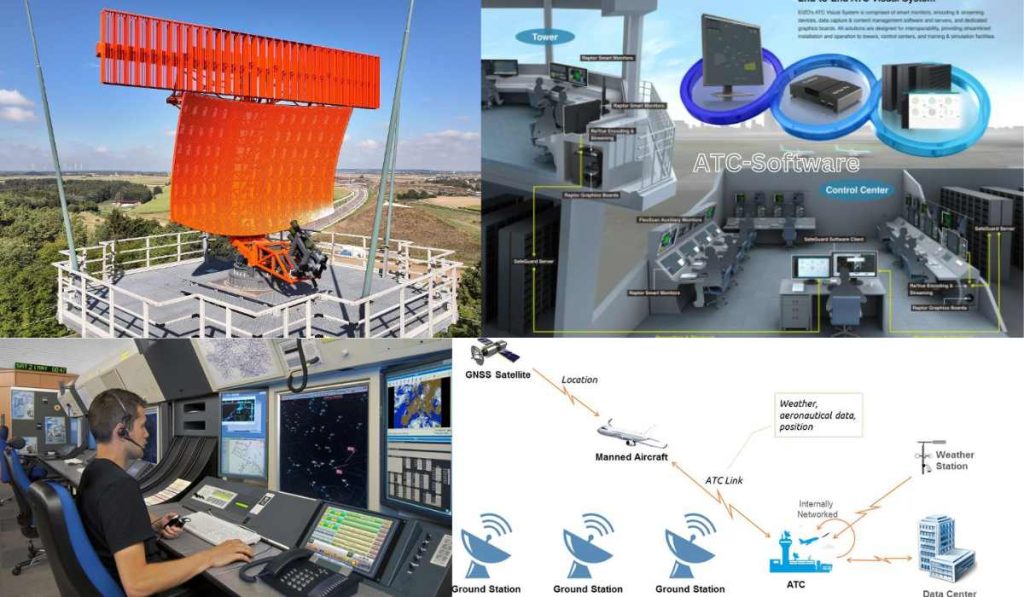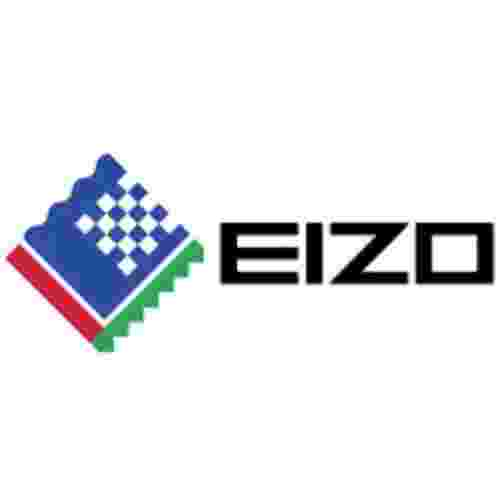A Look at Malaysia’s Air Traffic Control Systems and Management
Malaysia’s skies are bustling! With a booming air travel industry and a growing air cargo sector, ensuring the safe and efficient flow of air traffic is paramount. This is where Air Traffic Control (ATC) Systems and Management (ATM) step in, playing a critical role in keeping the skies safe and Malaysia’s aviation industry thriving.

A High-Tech Orchestra
Imagine a complex orchestra, but instead of instruments, the musicians wield cutting-edge technology. That’s the essence of a modern ATC system. Here’s a breakdown of the key players:
- Air Traffic Management (ATM) Systems: The brains of the operation, ATM systems integrate various technologies to provide air traffic controllers (ATCs) with a comprehensive picture of the airspace. This includes:
- ATC Radar: The trusty workhorse, these radars paint a real-time picture of aircraft positions, allowing ATCs to track and separate them safely.
- Voice Communication Switching Systems: The clear and reliable communication between ATCs and pilots is vital. These systems ensure crystal-clear voice communications even in busy airspace.
- Air Traffic Control Simulators: Before taking the helm, aspiring ATCs hone their skills in these realistic simulators that mimic real-world scenarios.
- ATC Displays: The conductor’s sheet music, these displays present ATCs with vital information like aircraft positions, flight paths, and weather data. Modern displays are often multi-screen affairs, providing a comprehensive view of the airspace.
- Air Traffic Control Automation: Technology is a force multiplier in ATC. Automation assists ATCs with routine tasks like conflict detection and resolution, freeing them to focus on complex situations.
Keeping Malaysian Skies Secure
The ultimate goal of an ATC system is to ensure air traffic safety. This involves several key aspects:
- Air Traffic Flow: ATCs meticulously manage the flow of air traffic, ensuring safe separation between aircraft during various flight phases like take-off, landing, and en-route cruising.
- Airspace Management: Malaysia’s airspace is effectively divided into sectors, each handled by a dedicated ATC team. This focused approach optimizes traffic flow and enhances safety.
- Flight Tracking: Modern ATC systems continuously track aircraft positions, allowing ATCs to monitor their progress and intervene if necessary.
Modernization Initiatives in Malaysian ATC
The Malaysian aviation industry is experiencing significant growth, and its ATC systems are keeping pace. The Civil Aviation Authority of Malaysia (CAAM), through its Air Traffic Management Bureau (ATMB), is actively implementing several modernization initiatives:
- CNS/ATM (Communication, Navigation, Surveillance/Air Traffic Management): This integration of technologies enhances communication, navigation, and surveillance capabilities, providing ATCs with a more precise picture of the airspace.
- Digital ATC: Moving away from paper-based systems, Malaysia is embracing the efficiency and accuracy of digital ATC. This allows for better data sharing and real-time updates.
- Trajectory-Based Operations (TBO): This approach focuses on the intended flight path of an aircraft rather than its position, optimizing fuel efficiency and reducing delays.
- Civil-Military ATM Integration: Ensuring seamless airspace management for both civilian and military aircraft is crucial. Malaysia is actively working towards better integration of these air traffic streams.
The Future of Malaysian ATC
As the aviation industry evolves, so too will Malaysian ATC. Here are some exciting possibilities:
- Air Traffic Flow Management (ATFM): Proactive management of air traffic on a larger scale will optimize airspace usage and reduce congestion.
- Airport Collaborative Decision Making (A-CDM): Enhanced collaboration between airlines, airports, and ATCs will lead to smoother ground operations and improved on-time performance.
- Drone Traffic Management (DTM): With the rise of drones, integrating them safely into the airspace is crucial. Malaysia is exploring innovative solutions for DTM.
- Sustainable Aviation: Optimizing flight paths and using next-generation air traffic management tools can contribute to a more sustainable aviation industry.
Get a Quote from Top 12 Global Leader Air Traffic Control Systems Manufacturers
FAQs
Is Malaysia's ATC system modern?
Yes! Malaysia’s Civil Aviation Authority is actively implementing upgrades like digital ATC systems and Trajectory-Based Operations for a safer and more efficient flow of air traffic.
What are some challenges for Malaysian ATC?
With a growing aviation industry, managing air traffic congestion is a key challenge. However, initiatives like Air Traffic Flow Management are being explored to optimize airspace usage.
How is Malaysia preparing for future air traffic?
Malaysia is looking ahead! They’re exploring solutions for drone traffic management and utilizing next-gen ATC tools to promote a sustainable aviation future.











